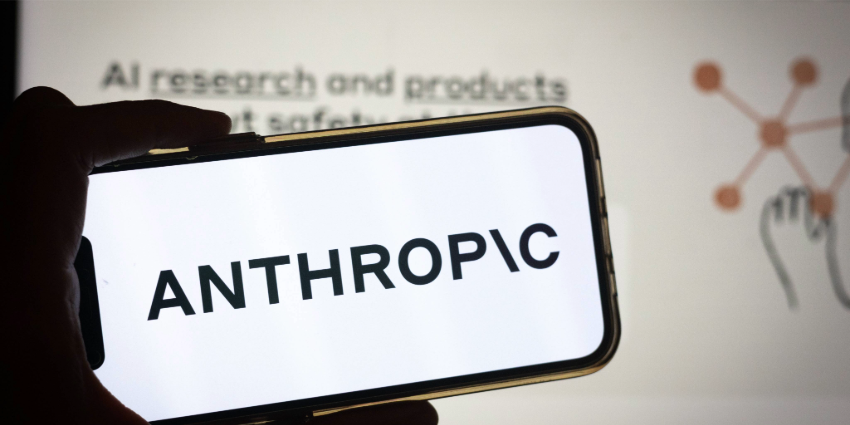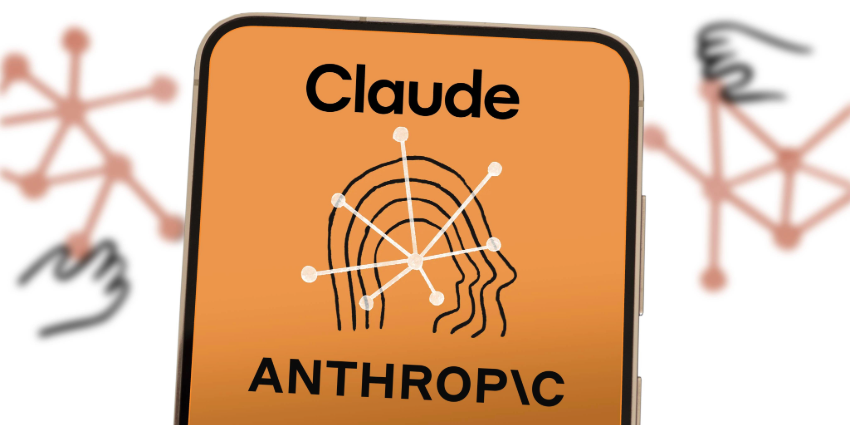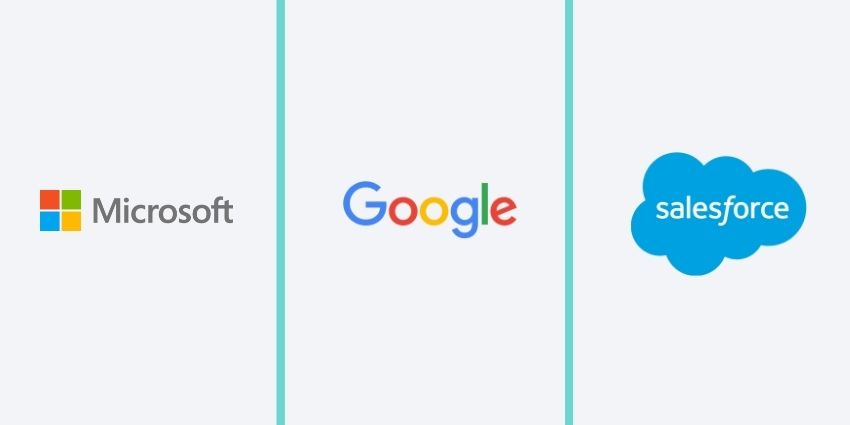OpenAI recently unveiled GPT-4.5, codenamed “Orion,” which is its largest model to date.
Yet, despite the fanfare surrounding its release, this AI powerhouse seems more like a stepping stone than a destination. With GPT-5 already confirmed for later this year, GPT-4.5 appears to be filling a gap in OpenAI’s roadmap, rather than presenting users with a big leap forward.
A Mixed Bag of Capabilities
GPT-4.5 was developed using OpenAI’s traditional approach: dramatically scaling up computing power and data during pre-training. This strategy previously yielded impressive performance gains across multiple domains. However, the results this time suggest we may be witnessing the law of diminishing returns.

OpenAI model performances based on 800 questions. Source: OpenAI
While OpenAI claims GPT-4.5 possesses “deeper world knowledge” and “higher emotional intelligence,” its performance on several benchmarks falls short of newer AI reasoning models from competitors like DeepSeek and Anthropic, as well as OpenAI’s own specialized models. In an unusual move, OpenAI initially included—then hastily removed—a line in its white paper stating that “GPT-4.5 is not a frontier AI model.” Make of that what you will.
The model does demonstrate strengths in factual accuracy, creative tasks, and emotional intelligence. In OpenAI’s SimpleQA benchmark testing factual knowledge, GPT-4.5 outperforms GPT-4o and OpenAI’s reasoning models. It also shows promising capabilities in creative tasks like generating SVG graphics and responding with empathy to users in emotional distress.
The Price of Progress
Perhaps the most telling aspect of GPT-4.5 is its cost.
OpenAI admits the model is extremely expensive to run—so expensive that the company is “evaluating whether to continue serving GPT-4.5 in its API in the long term.” At $75 per million input tokens and $150 per million output tokens, it’s roughly 30 times more expensive than GPT-4o for inputs and 15 times more expensive for outputs.
Could be GPT-4.5 be less of a commercial product and more a research preview? A public experiment to gather data and insights before the main event: GPT-5?
GPT-4.5’s limitations appear to confirm what industry experts have been speculating: the scaling laws that have driven AI progress may be reaching their limits. OpenAI co-founder Ilya Sutskever noted in December that:
We’ve achieved peak data…pre-training as we know it will unquestionably end.
The industry seems to be pivoting toward reasoning models, which take longer to perform tasks but deliver more consistent results. OpenAI has already embraced this approach with its “o” series of models, and plans to eventually combine these with the GPT series, beginning with GPT-5.
Orion and the State of the AI Industry
What makes GPT-4.5 particularly interesting is what it might say about the AI industry’s trajectory. The diminishing returns from traditional scaling approaches have forced OpenAI and its competitors to rethink fundamental strategies. Are we witnessing a pivotal moment, where brute-force computation is giving way to more nuanced approaches focused on reasoning capabilities?
For enterprise users and developers, this transition period presents both challenges and opportunities.
Organisations investing heavily in AI infrastructure must now consider whether to continue scaling existing systems or pivot toward newer reasoning-based architectures. Meanwhile, the prohibitive cost of models like GPT-4.5 raises questions about accessibility and democratisation of AI technology – concerns that will likely shape industry discussions well beyond GPT-5’s release.
An Expanding User Base
The timing of GPT-4.5’s release is particularly noteworthy given ChatGPT’s meteoric rise in popularity.
OpenAI recently confirmed that ChatGPT now serves an astonishing 400 million weekly users, up from 300 million just two months ago. This represents one of the fastest user adoption rates for any digital platform in history, putting ChatGPT in the same league as established search engines and social media platforms, despite being just over two years old.
With such a massive user base now engaging with OpenAI’s technology, GPT-4.5 feels almost like a public beta test.
The model’s emphasis on emotional intelligence and more natural interactions suggests OpenAI is carefully studying how to better serve these hundreds of millions of users, collecting valuable data that will undoubtedly shape GPT-5’s development. As users become more sophisticated in their AI interactions – learning to be more specific and detailed in their prompts – models like GPT-4.5 help bridge the gap between current capabilities and future ambitions.
Watch this Space – GPT-5 is coming
Despite its limitations, GPT-4.5 offers valuable insights into the future direction of AI. It seems like OpenAI is using it to experiment with different approaches before the high-stakes launch of GPT-5. The model’s improved emotional intelligence and creative abilities point to areas where OpenAI sees potential for differentiation in an increasingly crowded AI market.
For users, GPT-4.5 offers incremental improvements over GPT-4o in some areas, but at a prohibitive cost. Most will be better served by GPT-4o for day-to-day tasks, while those with specialized needs might consider alternatives like Claude 3.7 Sonnet or OpenAI’s own deep research model.
In the end, GPT-4.5 feels like a fascinating but transitory step in AI’s evolution; a placeholder that gives us a glimpse of both the current limits of traditional scaling approaches and the potential new directions the field is taking.
The real revolution, it seems, is still to come with GPT-5.








